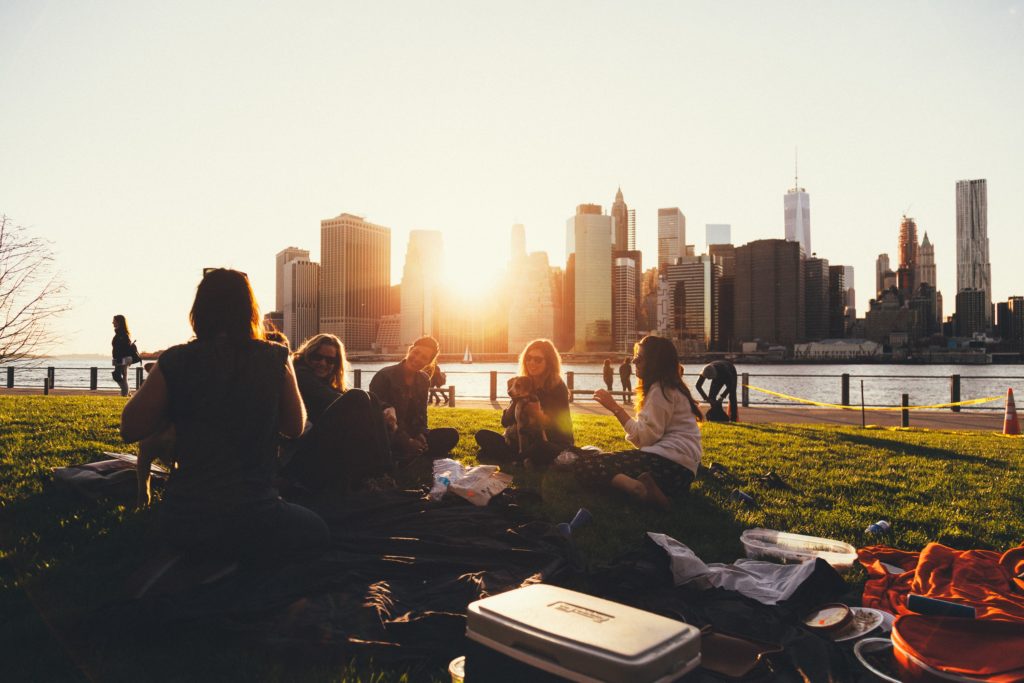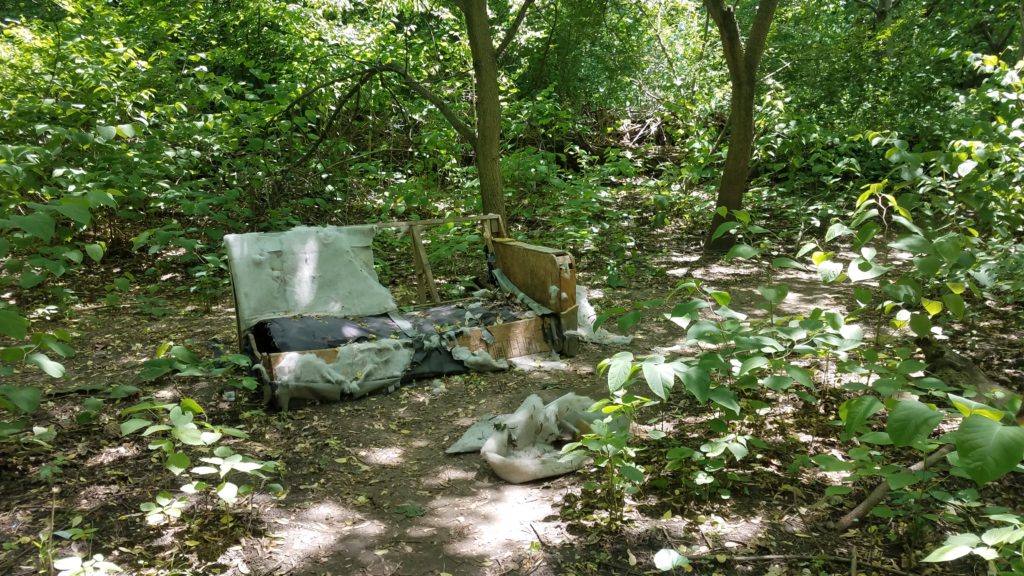Cruising Place:
The Placemaking Practices of Men who have sex with men

Project coordinator: John Bezemes
Cruising Place: The Placemaking Practices of Men who Have Sex with Men is a reaction to a movement in our academic and professional practice towards the commodification of place, which reinforces existing repressive power structures at the expense of marginalized people and places. In an effort to counteract this and to expand our current placemaking discourse, this project focuses on the unsanctioned placemaking practices of men who have sex with men or MSM. This practice, known as “cruising” is the act of walking or driving in a public or semi-public place with the expectation of a casual sexual encounter with another person or people. To accomplish this, I studied four places where MSM cruise in Boston and New York City. Through spatial analysis coupled with photo documentation, along with conducting formal and informal interviews with MSM at each site, I was able to gain a more comprehensive understanding of how MSM make and maintain place through cruising for sex. This led to the development of a spatial typology consisting of six spatial types that work in conjunction with each other to provide the adequate conditions for the creation of cruising places. The case studies and spatial typology led to several conclusions about the placemaking practices of MSM.
These include:
- Informal wayfinding created by sex-related refuse appears to be an integral part of the functioning of cruising places.
- Cruising places transcend cultures, borders, government systems, and time and can appear anywhere as long as spatial and infrastructural conditions support it.
- MSM use cruising as a placemaking practice to carve out places of belonging and liberation and are important for homosocialization.
- Cruising places exist outside of economic systems, but are threatened by the privatization and hyperprogramming of public space.
- Marginalized places (the leftovers) provide space for marginalized placemaking practices.
These conclusions lead to several recommendations. These recommendations were:
- Regard leftover, marginal spaces as more than places that are dysfunctional, unused, or in need of occupation by current placemaking interventions.
- Recognize the placemaking value to marginalized groups of marginal spaces.
- Adjust public policy and design approaches to allow for more private areas in public space. This includes an end to entrapment and policing people engaged in discreet public sex.
- Encourage more unplanned contact in public space rather than networking-oriented, hyperprogrammed events.
- Encourage members of marginalized communities to become professional placemakers, planners, and designers in order to be more effective at addressing the placemaking needs of marginalized people and places.
My research is now in its second phase. Currently I am studying a new site in the Bronx, informed by the first phase of research in an effort to further understand the placemaking implications of cruising by MSM. For this site I am applying what I learned from the first phase of research to develop a methodology that can be used at other cruising places by others alongside gaining further knowledge about this particular site in the Bronx.



